From blind inspection to direct vision: progress in the application of video laryngoscopy in airway management
Mar 29, 2024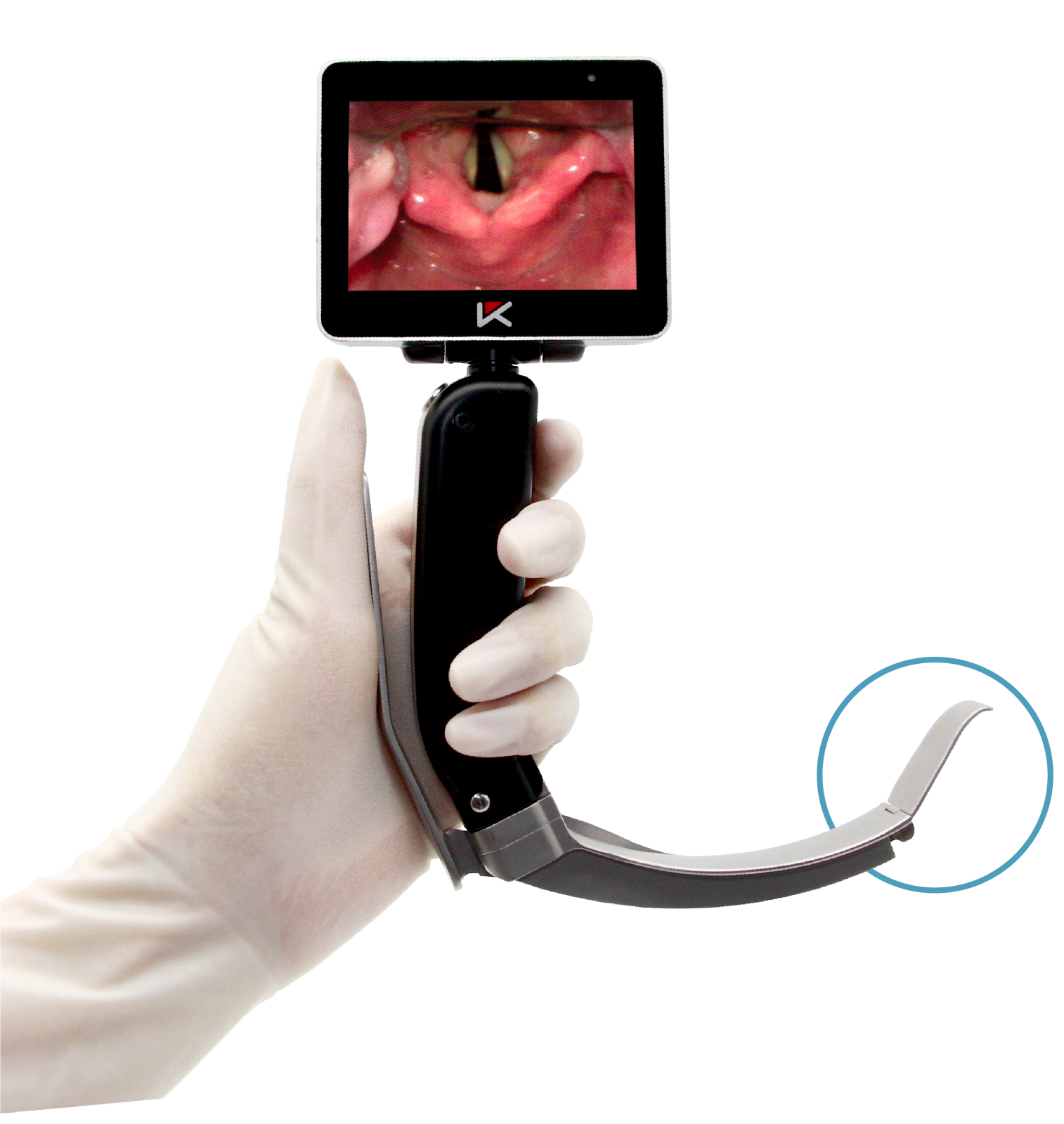
Video laryngoscope, as a new type of tracheal intubation equipment, its biggest feature is that it can provide indirect vision of the upper respiratory tract. Through the built-in camera and recording device, doctors can clearly observe the patient’s laryngeal structure, including vocal cords, epiglottis, etc., so as to accurately judge the patency of the airway and the size of the throat cavity. This provides an important basis for doctors to formulate appropriate airway management plans.
Compared with traditional direct laryngoscopy, video laryngoscopy has shown significant advantages in difficult airway management. Video laryngoscope performs better in improving the Cormack-Lehane classification of glottis exposure, which means that doctors can see the patient’s laryngeal structure more clearly, thereby reducing the difficulty of intubation. In addition, video laryngoscope can also achieve the same or higher success rate of tracheal intubation in a shorter period of time, greatly improving the efficiency of airway management.
However, despite its many advantages in airway management, videolaryngoscopy is not entirely without disadvantages. For example, when using a video laryngoscope for endotracheal intubation, there are sometimes failures to insert and advance the endotracheal tube. This may have to do with the physician’s proficiency with the device, the patient’s specific condition, and the performance of the device itself. Therefore, when doctors use video laryngoscopes, they need to fully understand its characteristics and operating techniques to ensure that it can achieve maximum effectiveness.
Another significant advantage of video laryngoscopy is its ability to provide the physician with real-time feedback on the intubation process. In traditional laryngoscope intubation, doctors mainly rely on their own experience and feel to perform the operation, which often limits the success rate of intubation. The video laryngoscope can display the progress of intubation in real time, allowing doctors to adjust the position and direction of intubation in a timely manner, thereby improving the success rate of intubation and reducing the risk of airway damage.
In addition, the design of video laryngoscopes is often similar to that of traditional direct laryngoscopes, allowing physicians who are already proficient in direct laryngoscopy to successfully use video laryngoscopes without the need for special training. This easy-to-use feature makes video laryngoscopes widely used in airway management and provides doctors with more choices.
Currently, there are a variety of video laryngoscopes on the market with different specifications, user interfaces, and geometries. These devices have their own characteristics in terms of performance and function. Doctors can choose the most suitable video laryngoscope based on the patient’s specific conditions and their own operating habits. At the same time, with the continuous development of technology, we can foresee that future video laryngoscopes will be more intelligent and user-friendly, bringing more convenience and possibilities to airway management.
Categories
Latest Articles
Clinical comparison of foreign body removal procedures using rigid bronchoscopy, fiberoptic bronchoscopy, and flexible electronic bronchoscopy
Bronchial foreign bodies are a common emergency in pediatrics. Clinically, bronchoscopy techniques are typically used to remove the foreign bodies. Currently, the three main bronchoscopy techniques each have their own characteristics, and among them, the flexible bronchoscopy shows unique clinical value in pediatric patients. This article conducts a clinical application analysis of all three bronchoscopy ... Read more
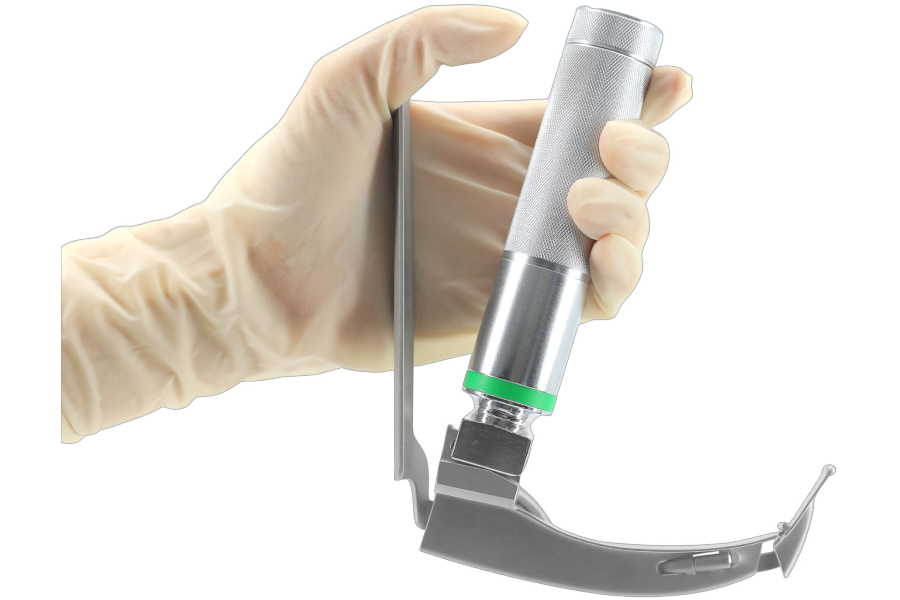
How Fibre Optic Laryngoscopes Improve ENT Procedures
In modern ENT procedures, precision and visibility are key. That’s where the laryngoscope fibre optic technology comes in. Unlike traditional tools, these advanced devices use fibre optics to provide a clear, well-lit view of the throat and vocal cords. This means doctors can see more and do more—with less risk to the patient. But how ... Read more
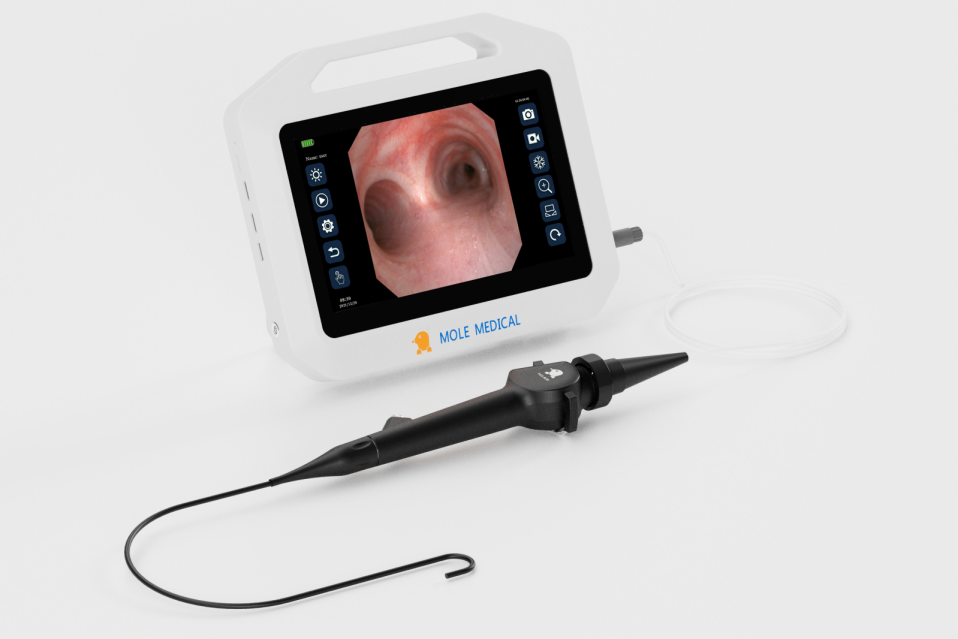
Flexible Laryngoscopy: A Clearer Voice for Quicker Diagnoses
Flexible Laryngoscopy is a powerful tool that helps ENT specialists do just that. It uses a thin, flexible scope to view the throat, vocal cords, and airway in real-time. The procedure is quick, non-surgical, and performed right in the clinic. For patients with voice changes, chronic cough, or throat discomfort, this method offers fast answers ... Read more
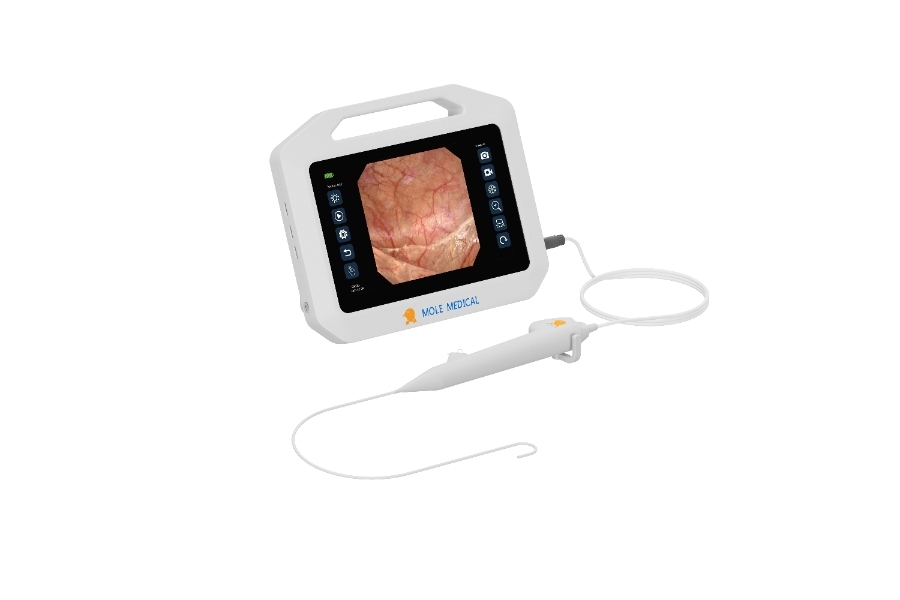
Smart Solutions in Ureteroscopy: Mole Medical’s Disposable Flexible Scope vs Karl Storz Legacy
In the field of urology, the name “ureteroscope Karl Storz” has long stood for precision and reliability. As a global leader, Karl Storz has set the standard for reusable ureteroscopes. But now, a new contender is entering the spotlight. Jiangsu Mole Medical, a national high-tech enterprise, is challenging the status quo. With a focus on ... Read more
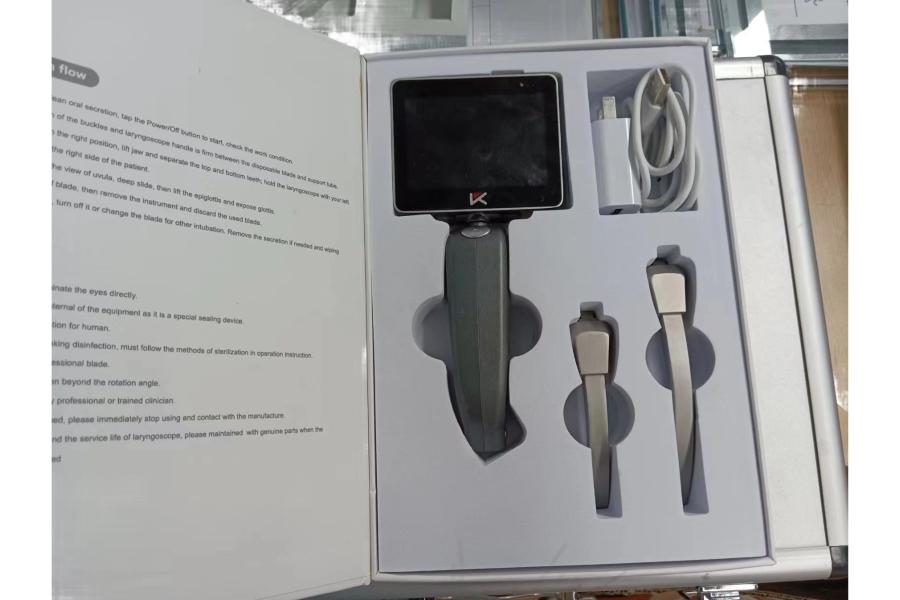
Behind the Scenes with Mole Medical: Inside the World of Leading Video Laryngoscope Manufacturers
In the fast-evolving medical device industry, video laryngoscope manufacturers play a key role in advancing patient care. Mole Medical stands out not just for its products, but for what happens behind the scenes. What makes this company different? Why do so many professionals trust its solutions? One reason is speed. Mole Medical has an R&D ... Read more



